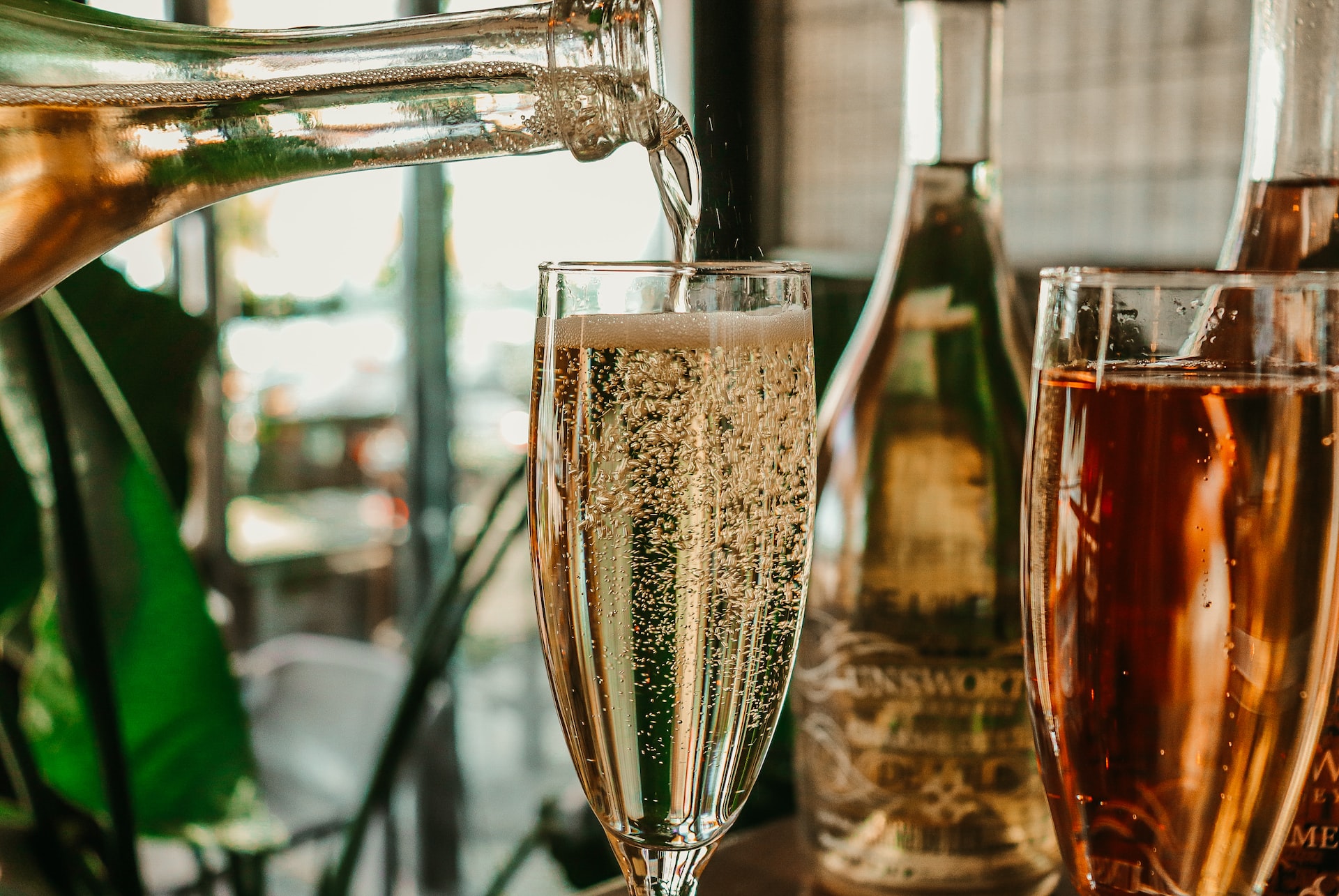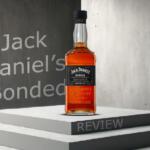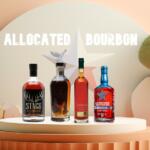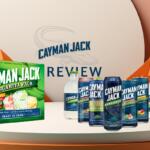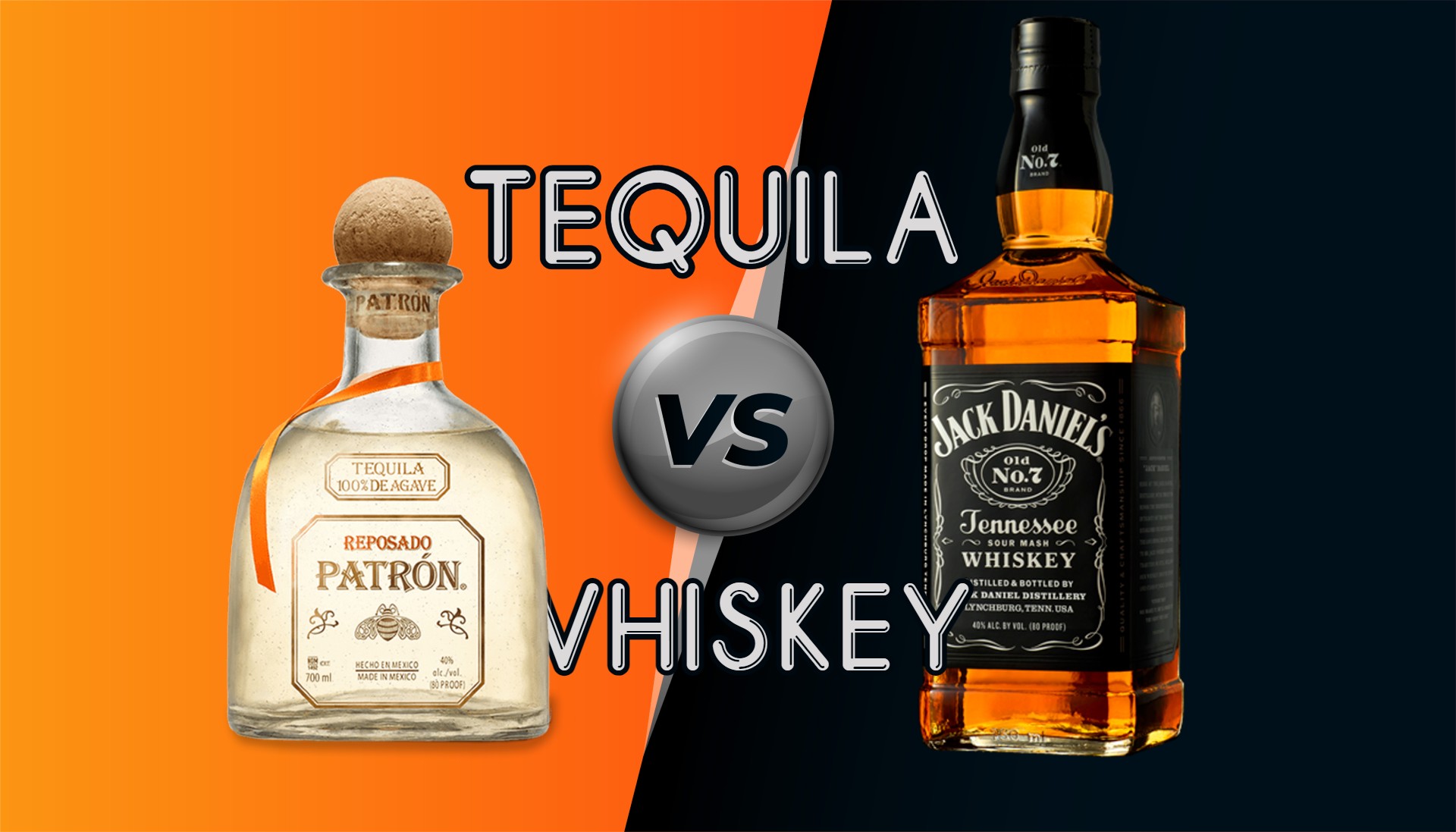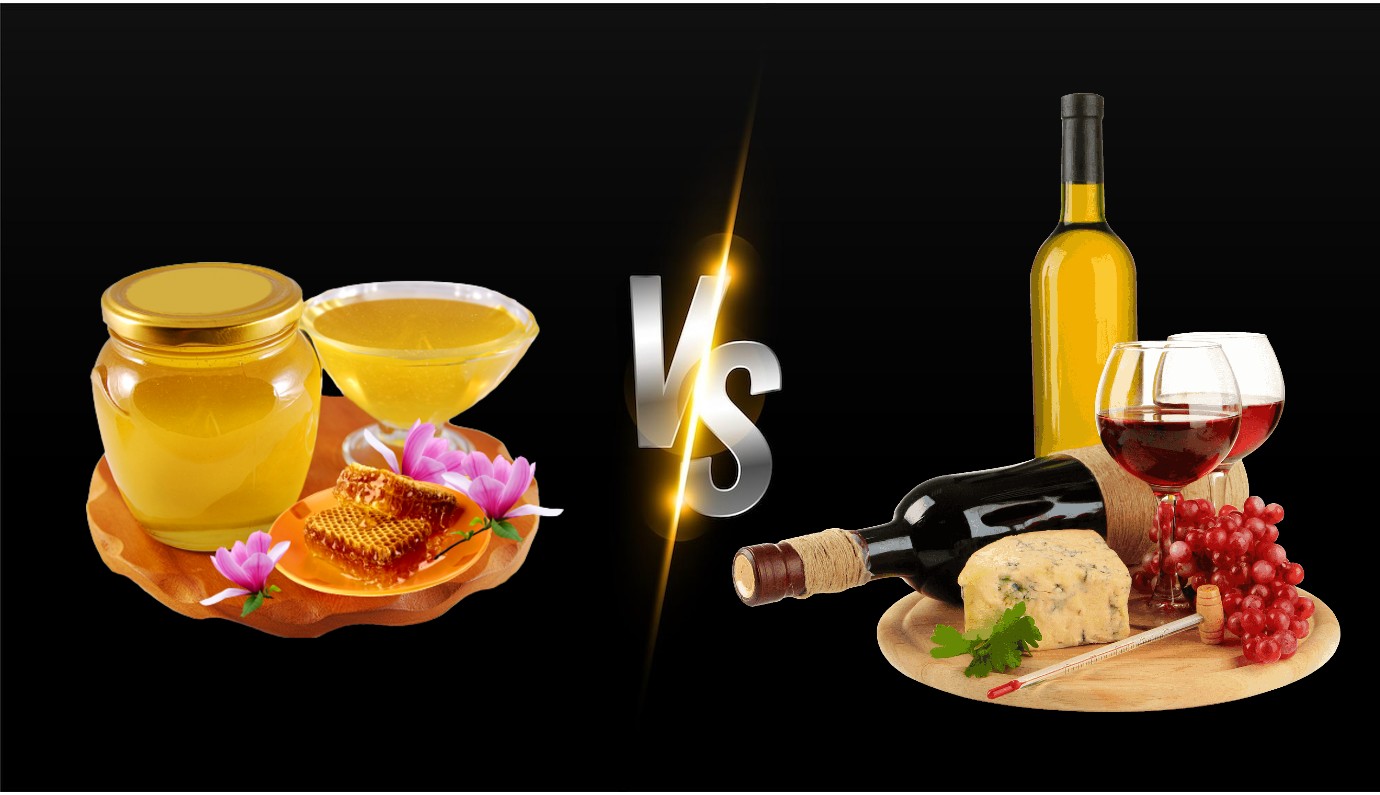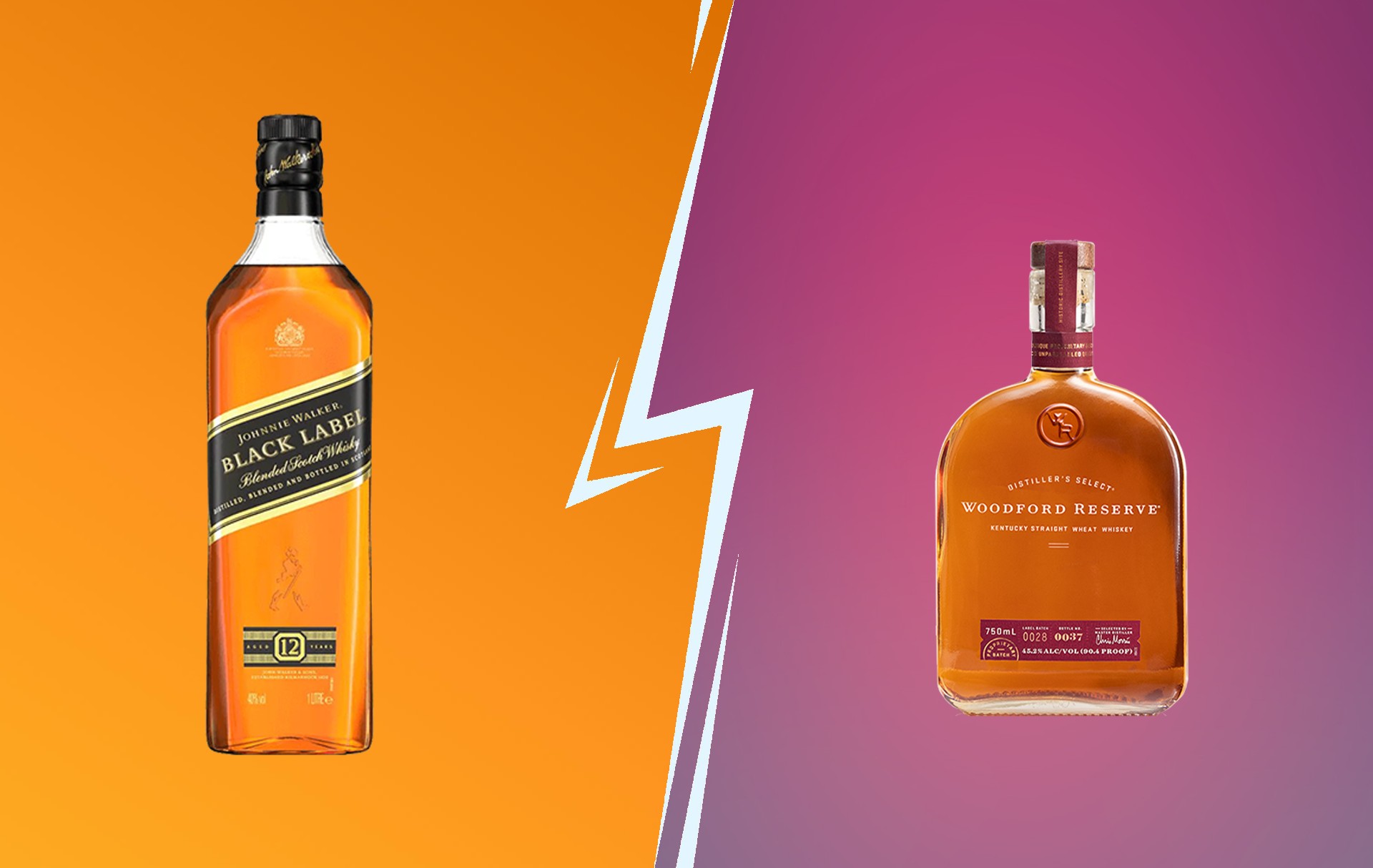Opening a bottle of prosecco on a picnic or popping open a bottle of champagne at a wedding is always a celebration. Prosecco and champagne are always present at the best moments in life, and they are many people’s go-to drinks for important occasions.
It takes the perfect drink to make the perfect moment. So, which is better: prosecco or champagne?
You might ask: “Is there a difference?” Yes, there definitely is! Both are excellent choices for a bubbly drink, but some key aspects set them apart. Let’s take a look at the many differences between prosecco and champagne.
Origin and Grapes
We’ll start with the most obvious difference. Prosecco is from Italy, while champagne comes from France.
We can trace champagne’s history back to the early 17th century when a Benedictine monk, Dom Perignon, served as the cellarmaster at the Abbey of Hautvillers. While there, he made many improvements to the wine-making process and is even credited with inventing modern-day champagne.
Currently, champagne is protected by an appellation d’origine controlee (protected origin designation), meaning you can only call a beverage “champagne” if it was produced under specific processes in the French region of champagne. You will find many similar beverages made elsewhere in the world, but the French will tell you they don’t even resemble “true” champagne.
Prosecco, on the other hand, has a much shorter history. It wasn’t until the 1960s that prosecco began to be produced on a large scale. It became even more popular in the 1980s when Italy introduced prosecco-based cocktails like bellinis and mimosas.
Produced in Northern Italy in Veneto and Venezia Giulia regions, the grapes used to make prosecco also differ from those used in champagne. Champagne can be made from Pinot Noir, white Chardonnay, and Pinot Meunier grapes, while prosecco is made using the white Glera grape.
Production Methods
The production methods for prosecco and champagne are a little different, which leads to some significant taste differences.
Champagne is made using the famous Méthode Champenoise. First, the grapes are pressed, and the juice is collected. Then, the juice is fermented in barrels or tanks. After that, it’s bottled with yeast and sugar and left to age for a minimum of 18 months.
The Charmat method, invented in the early 20th century, is used to produce prosecco. The wine is fermented in a tank and then bottled using this method. It doesn’t go through a secondary fermentation process, so it doesn’t need to age for as long.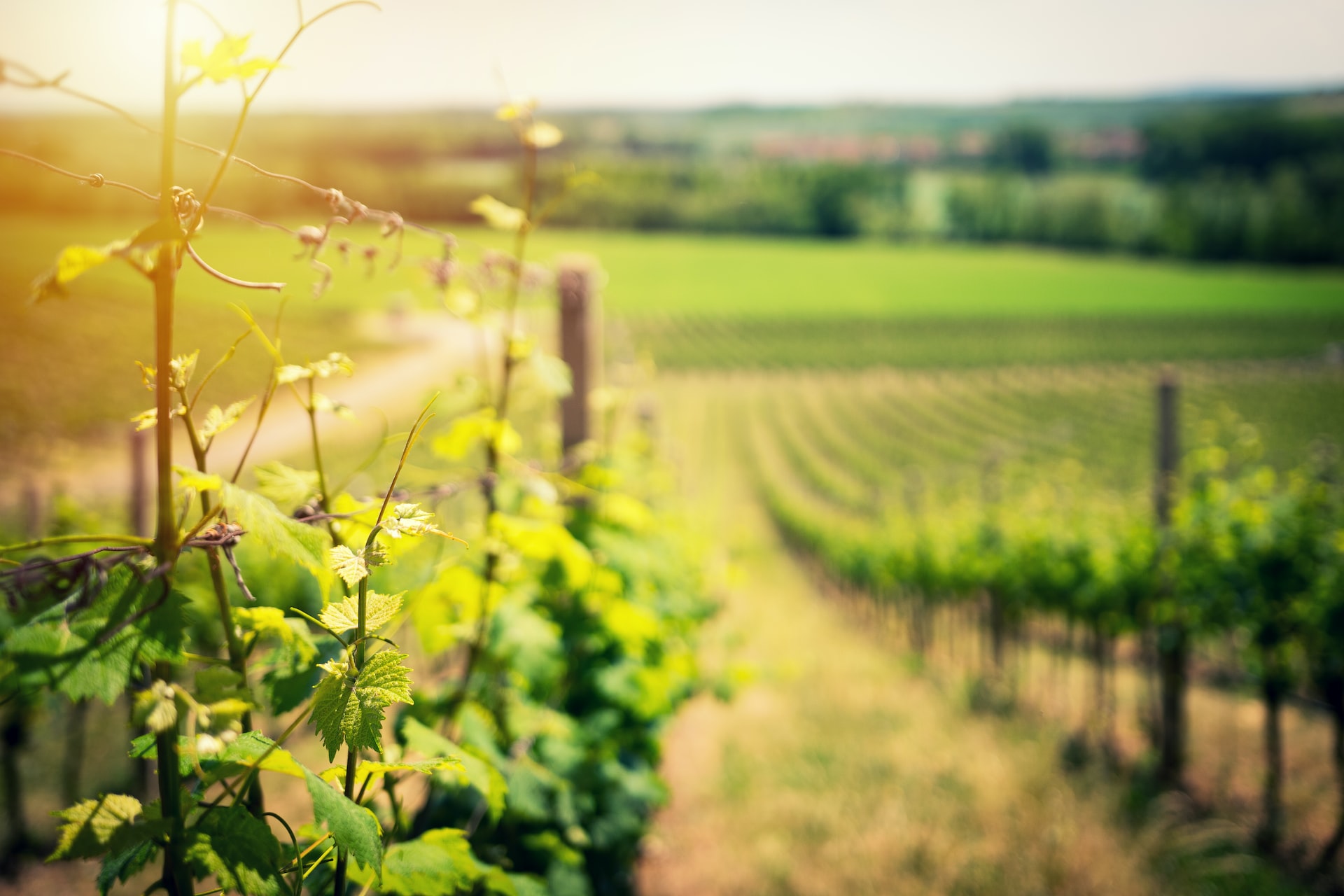
Taste
Now, let’s get to the essential part: taste!
The taste of prosecco is often described as light and fruity, with hints of apple, peach, and citrus. Because it’s not aged for as long, prosecco tends to be less complex than champagne.
On the other hand, champagne is described as having a toasty, yeasty flavor with hints of green apple, citrus, and brioche. Because it’s aged for longer, champagne tends to be more complex and has a fuller body.
If it’s champagne, you will taste the following primary flavors:
- Citrus Fruits
- White Peach
- White Cherry
- Almond
- Toast
In prosecco, there will be more taste of:
- Green Apple
- Honeydew Melon
- Pear
- Honeysuckle
- Fresh Cream
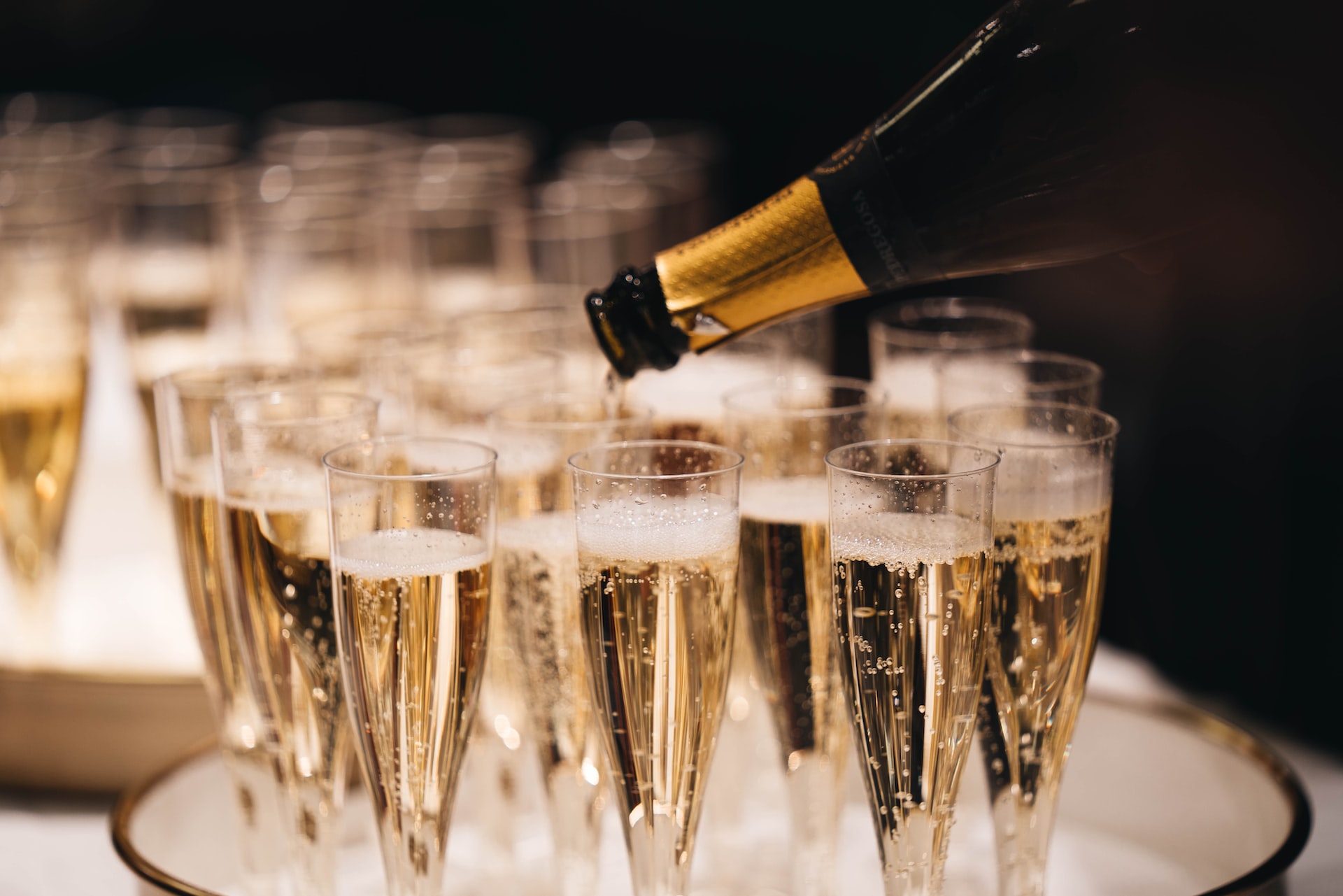
Alcohol Content
The alcohol content in prosecco and champagne can also vary quite a bit. Prosecco typically has an ABV (alcohol by volume) between 11 and 12%.
Conversely, champagne can have an ABV of 12 to 14%. Prosecco is slightly lower in alcohol content than champagne but is also usually served in larger glasses.
The recommended glass for drinking prosecco is a wine glass — not narrow glasses like flutes. For champagne, it’s best to serve and drink from a tulip glass to enjoy the flavor.
Calories
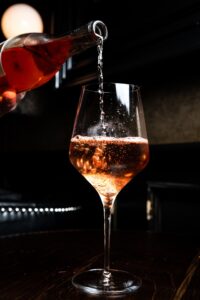
Everyone loves a good glass of bubbly, but not everyone is carefree regarding calories. As you may know, calories in alcohol are referred to as “empty calories” because they offer no nutritional value. How do prosecco and champagne stack up in this respect?
In a standard pour, champagne has about 128 calories. Prosecco, on the other hand, has about 121. It’s a slight difference, but it can add up if you plan on having more than one glass. However, it’s not recommended to drink more than 2 glasses of both prosecco and champagne.
Carbs
When it comes to carbs in prosecco vs. champagne, the two are pretty similar as well. Prosecco and champagne are sparkling wines, and dry sparklers are generally keto-friendly.
Both contain only a gram of carbs per serving. Of course, they are both still wines, so they’re not entirely carb-free, but they are lower in carbs than other alcoholic beverages like beer and mixed drinks.
Food Pairing
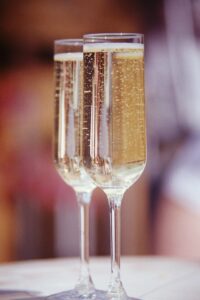
Perhaps, the most exciting difference between prosecco and champagne is what food you should pair them with. You can drink prosecco or champagne with anything if it doesn’t matter that much to you.
However, if you want to get the most out of your wine-drinking experience, you’ll want to pair prosecco with cheese, antipasti, cured meats, and shellfish. You can try prosecco with pizza, too! Because prosecco is Italian, its taste is also related to the local food so you should pair it with Italian dishes.
Champagne, on the other hand, can be paired with heavier dishes. It goes well with seafood and deep-fried foods. Of course, champagne is the traditional drink to pair with caviar. It’s also good with meat and poultry, so you can try it with steak or roasted chicken.
Both champagne and prosecco are a great fit with sweet desserts but in small quantities. They are, together, considered a bomb of calories.
Get Your Bubbles (And More!) At Your Local Zipps Store
Don’t ever lose the sparkle in your celebrations. Now that you know how sparkling wines, prosecco, and champagne differ, you can make better decisions when choosing what to drink on which occasion.
The two are great options for any event. Still, prosecco might be a better choice for a more casual get-together. And you can always save the champagne for a fancier affair. Browse through our bubbly drink selection at Zipps Liquor.
Our chain of liquor stores offers drinks at 10 to 30% lower prices. We have excellent services to level up your drinking experience. With local liquor stores all over Texas, we surely won’t run out of options for you.

